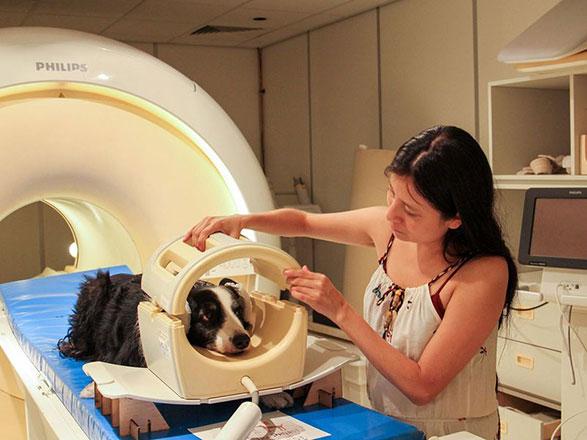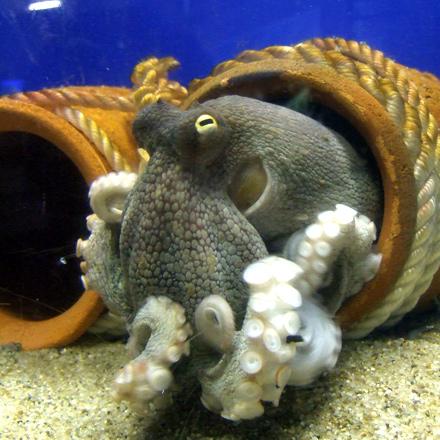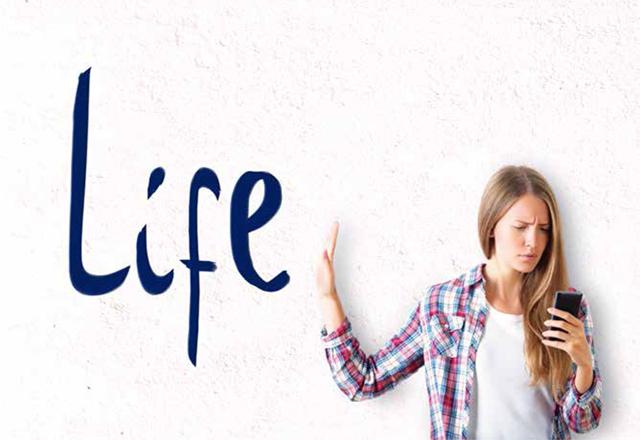You are here
Best friends’ brains light up the same way
By AFP - Feb 01,2018 - Last updated at Feb 01,2018

Photo courtesy of weixinrensheng.com
PARIS — Dating sites would be well-advised to add “brain activity” as a compatability criterion, according to a study released on Tuesday showing that close friends have eerily comparable neural responses to life experiences.
“Our results suggest that friends process the world around them in exceptionally similar ways,” said lead author Carolyn Parkinson, director of the Computational Social Neuroscience Lab at the University of California in Los Angeles.
Using magnetic resonance imaging (MRI) to compare which regions of the brain lit up as 42 volunteers watched short clips from news reports, music videos, comedy skits and documentaries, researchers were able to identify who among them were friends.
The closer the relationship, the more alike the neural patterns in parts of the brain governing emotional response, high-level reasoning, and the capacity to focus one’s attention.
“Friends had the most similar neural activity patterns, followed by friends-of-friends,” the authors said in a statement.
“You can predict who people are friends with just by looking at how their brains respond to the video clips.”
The 14 brief excerpts included journalists debating whether then US president Barack Obama should use humour in his speeches; a sentimental music video about a social outcast with a facial deformity; a documentary about baby sloths in Costa Rica; and scenes from a gay wedding.
Scientists long ago understood that “birds of a feather flock together” when it comes to human social networks, with people attracted more easily to those of the same age, physical appearance and ethnic background, as well as other demographic categories.
This tendency extends to social networks too, according to the study, published in the journal Nature Communications.
From an Darwinian perspective, evolutionary psychologists argue, the “like-with-like” principle favour social cohesion, empathy and frictionless collective action.
The relationships we forge with individuals who are clearly different from us — not of our “tribe” — tend to be practical, task-oriented and short-lived, research has shown.
But seeking out peas from the same pod has a downside that is amplified in the digital age, said senior author Thalia Wheatley, a professor of psychology and brain science at Dartmouth University in Massachusetts.
“The cost of surrounding ourselves with only like-minded people is the creation of echo-chambers and polarisation,” she told AFP.
“This can be exacerbated by online communities that offer a constant diet of information that only confirms what people already believe.”
One question not answered by the study is whether we naturally gravitate towards people who see the world the same way we do, or whether similarity — including the way our brains light up — springs from shared experience.
Most likely, it is a combination of the two.
“We are a social species and live our lives connected to everybody else,” said Wheatley.
“If we want to understand how the human brain works, then we need to understand how brains work in combination — how minds shape each other.”
Related Articles
BUDAPEST — Faces are more im-portant for humans than dogs, according to a brain activity study on how the two species see each other in a re
This moment was captured in remarkable footage shot by scientists in Brazil, who published a new study in the journal iScience on Thursday that says the sophisticated cephalopods experience at least two different types of sleep.
Digital distractions have a considerable effect on many neural networks, including attention. Having our smartphones constantly near inhibits our ability to stay focused.



















